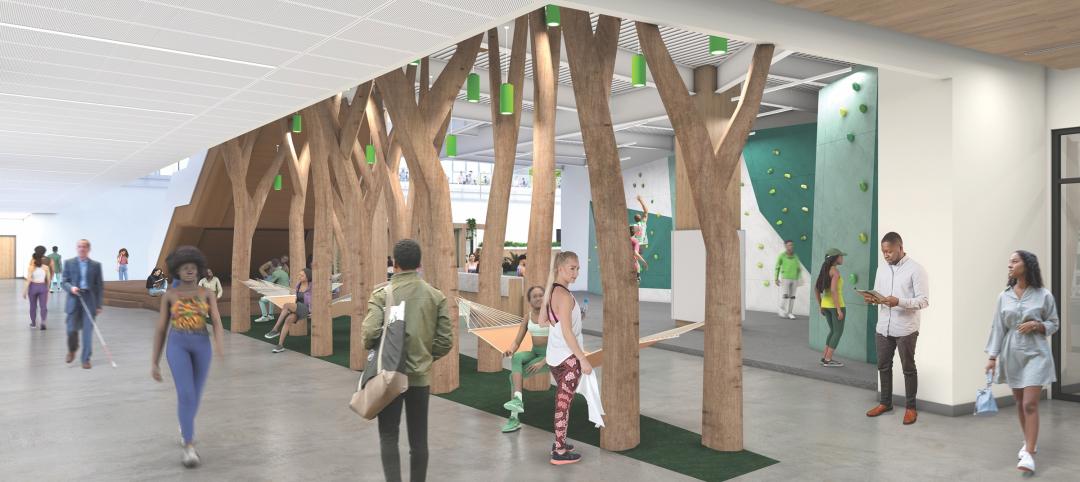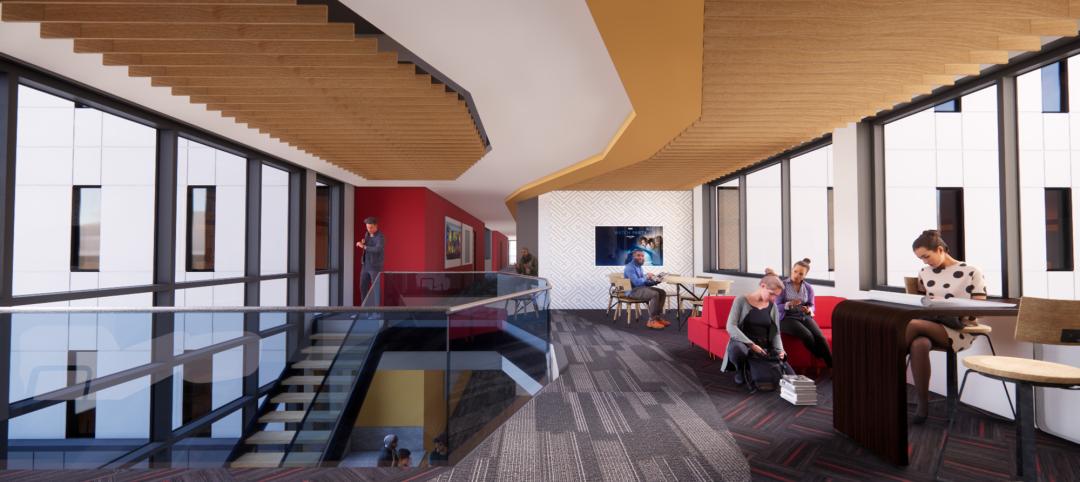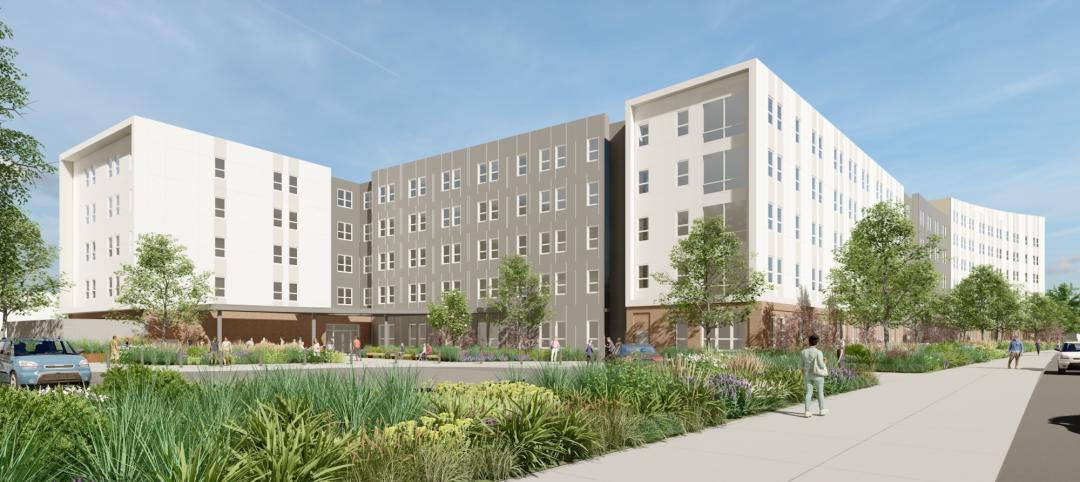In order to better understand the Integrated Project Delivery (IPD) Model, let’s take a metaphorical trip to a doctor’s office.
Imagine we are having a wound treated, a wound that was caused by diabetes. During our visit, we are seen by an endocrinologist to help us better manage our diabetes. We are then seen by a Nutritionist to help manage and plan our meals based on our health needs. Lastly, before leaving, a pharmacist stops by to provide medications on the spot.
Some of you may be wondering, “What does this have to do with IPD?” Well, in the above example, this type of cross-discipline, co-location, and utilization of expertise, or “integrated care team,” as some call it, is part of a recent paradigm shift that the healthcare industry is feeling nationwide.
This shift can be viewed as analogous to the IPD model. While IPD is deemed transformational and revolutionary based on its ability to mine risk through financial incentive, contracted in an Integrated Form of Agreement or Tri-Party Agreement (an agreement between the owner, architect, and contractor), it is how the three parties collaboratively work together. The underlying variables and tools used to manage collaboration between teams is ultimately the driving for success with IPD.
DAY-TO-DAY TOOLS FOR IPD
To ensure goals are met, it is imperative that teams identify and utilize an effective structure to hold every member accountable to a near-term degree. In project delivery, there are usually three main, big-picture goals that all team members are aiming to achieve: scope, schedule, and budget. What sets the IPD delivery model apart from others are the tools and structure implemented by the IPD team to deliver the project within or under budget while still meeting the owner’s needs.
To maintain accountability for a big-picture item, there must be a means by which teams can track their progress. If this is not done properly, it can lead to major issues ranging from budget overages to change orders to schedule slips. Ever heard the adage “out of sight, out of mind”? Well, to avoid falling into this pattern, many IPD teams engage in daily stand-up meetings. These meetings are brief, 10-20 minutes, where all three parties stand and review a list of items that require some type of action within the next week. This may seem short and redundant at first, but once team members own an action, the benefit of these meetings becomes very clear.
Through the natural and innate human desire to succeed, these meetings drive every member of the team to be accountable, urgent, and collaborative with all three entities of the IPD agreement throughout all phases of the project.
IPD allows these meetings to drive the big-picture goals because the architect, contractor, and owner are able to discuss construction and design items every day, through the design, preconstruction, and construction phases and all the way through closeout.
Target Value Design (TVD) is a major tool in setting IPD apart from traditional methods. TVD breaks the mold of contractors providing estimates based on detailed design. Instead, estimates are based on a target cost which is collaboratively established amongst all team members.
TVD in IPD diminishes the traditional “throw-it-over-the-wall” design since contractors and sub-contractors are brought on board in the design phase. This allows the designers to engage the people who will be procuring and finishing-out their projects as they design. This helps avoid design results that require re-work due to constructability and budget issues, de-value engineering and delay.
Stemming from TVD, an IPD team participates in PITs, or Project Implementation Team meetings, also known as Component Team Meetings. PIT meetings are comprised of interdisciplinary groups of project participants, and are crucial in achieving success with IPD.
Typically with IPD, there are PIT teams for each major aspect driving the design and construction: MEP PIT, Civil/Site PIT, Structure PIT, Build/Fit-Out PIT, Equipment PIT, Food Service PIT, AV/IT PIT, Closeout PIT, etc. (there can be more groupings depending on the size of the project). These meetings are extremely successful and serve as the foundation of TVD. It is in these meetings that designers are able to engage and receive real-time feedback from the subcontractors and other team members who will be executing the design in the field.
Also, like the stand-up meetings, the PIT meetings take place through all phases of the project, ensuring the designers are receiving real-time answers from subcontractors and vendors before construction has begun and often before final documents are issued.
RESULTS
So let’s imagine a construction project that brought all major players on-board almost concurrently. With an owner’s vision, or preliminary program, the architect, contractor, and owner may all work together to establish the target-value with detailed estimates to drive expectations.
The detailed estimate design originates in an environment that has harnessed and co-located all key players, of not only the design phase, but also the construction phase. Below is an example of how this type of environment and structure enhances project goals when utilizing IPD.
At a weekly MEP PIT meeting, the owner-representative informs the team that the owner has decided to change the original HVAC selection from a chilled water to a DX central AC plant. The mechanical contractor, present in the meeting, is able to get specifications for the DX system. The engineer and architect, also in attendance, are able to begin redesign work and plan changes. The contractor is able to revise pricing based on the new system selection and all other related aspects that will change.
All of the rework and revisions are completed in less than a week and within budget. The schedule is not impacted and the plans are changed prior to pouring the slab. The team is thus able to collaborate and provide the owner an estimate of the affect the changes will have on important operational parameters such as heat/cool loads, maintenance, and facility operations cost, post-occupancy.
Because of the nature and processes inherent in IPD, this issue did not impact the schedule or budget. The issue was brought up before construction had begun, the subcontractor was able to provide the designer and engineer with all necessary information and support to ensure constructability was guaranteed, and the design team was able to make the plan change prior to the release of final plans. What could have been a very pricey and time-consuming Change Order was mitigated through a collaborative re-planning session in which all valuable project team members participated.
CONCLUSION
The IPD method incentivizes all team members to work collaboratively to provide the client with the best possible product; a project that meets scope, maintains budget, and delivers on schedule.
Like the Integrated Care Teams mentioned previously, an IPD team is a one-stop shop that is established during or even before design. This delivery method cultivates cross-discipline design, ideally before construction begins, through various tools that help to focus accountability on not just an individual level, but also a team-wide level.
Both figuratively and literally, IPD provides a design and construction world without walls and fences. It instead provides a clear definition and structure of the near-term and long-term goals of the entire project team at large. Ambiguity is a major enemy of IPD, but utilization of the proper tools creates transparency in every aspect of design, budget, schedule, and construction.
The project vision will be as clear to the owner as it is to the designers, contractors, and down through the entire project team.
About the Author
Megan Donham is an Associate Consultant with CBRE Healthcare. She can be reached at megan.donham@cbre.com.
Related Stories
Construction Costs | Oct 16, 2024
Construction Crane Index: Most major markets’ crane counts increase or hold steady in third quarter
Rider Levett Bucknall’s (RLB’s) latest Crane Index and Quarterly Cost Report shows continued decreasing cost inflation and crane counts increasing or holding steady in 10 of the 14 major markets it surveyed. The national average increase in construction costs was 1.07%, the lowest it’s been in the last three years.
AEC Tech | Oct 16, 2024
How AI can augment the design visualization process
Blog author Tim Beecken, AIA, uses the design of an airport as a case-study for AI’s potential in design visualizations.
University Buildings | Oct 15, 2024
Recreation and wellness are bedfellows in new campus student centers
Student demands for amenities and services that address their emotional and mental wellbeing are impacting new development on college campuses that has led to recreation centers with wellness portfolios.
Higher Education | Oct 14, 2024
Higher education design for the first-gen college student
In this Design Collaborative blog, Yogen Solanki, Assoc. AIA, shares how architecture and design can help higher education institutions address some of the challenges faced by first-generation students.
Performing Arts Centers | Oct 10, 2024
Studio Gang's performing arts center for Hudson Valley Shakespeare breaks ground
A new permanent home for Hudson Valley Shakespeare, a professional non-profit theater company, recently broke ground in Garrison, N.Y. The Samuel H. Scripps Theater Center includes a 14,850 sf performance venue that will serve as a permanent home for the theater company known for its sweeping open-air productions of classics and new works.
Sustainable Design and Construction | Oct 10, 2024
Northglenn, a Denver suburb, opens a net zero, all-electric city hall with a mass timber structure
Northglenn, Colo., a Denver suburb, has opened the new Northglenn City Hall—a net zero, fully electric building with a mass timber structure. The 32,600-sf, $33.7 million building houses 60 city staffers. Designed by Anderson Mason Dale Architects, Northglenn City Hall is set to become the first municipal building in Colorado, and one of the first in the country, to achieve the Core certification: a green building rating system overseen by the International Living Future Institute.
3D Printing | Oct 9, 2024
3D-printed construction milestones take shape in Tennessee and Texas
Two notable 3D-printed projects mark milestones in the new construction technique of “printing” structures with specialized concrete. In Athens, Tennessee, Walmart hired Alquist 3D to build a 20-foot-high store expansion, one of the largest freestanding 3D-printed commercial concrete structures in the U.S. In Marfa, Texas, the world’s first 3D-printed hotel is under construction at an existing hotel and campground site.
University Buildings | Oct 9, 2024
Des Moines University Medicine and Health Sciences opens a new 88-acre campus
Des Moines University Medicine and Health Sciences has opened a new campus spanning 88 acres, over three times larger than its previous location. Designed by RDG Planning & Design and built by Turner Construction, the $260 million campus features technology-rich, flexible educational spaces that promote innovative teaching methods, expand research activity, and enhance clinical services. The campus includes four buildings connected with elevated pathways and totaling 382,000 sf.
Student Housing | Oct 9, 2024
University of Maryland begins work on $148 million graduate student housing development
The University of Maryland, in partnership with Campus Apartments and Mosaic Development Partners, has broken ground on a $148.75 million graduate student housing project on the university’s flagship College Park campus. The project will add 741 beds in 465 fully furnished apartments.
Healthcare Facilities | Oct 9, 2024
How healthcare operations inform design
Amanda Fisher, Communications Specialist, shares how BWBR's personalized approach and specialized experience can make a meaningful impact to healthcare facilities.

















